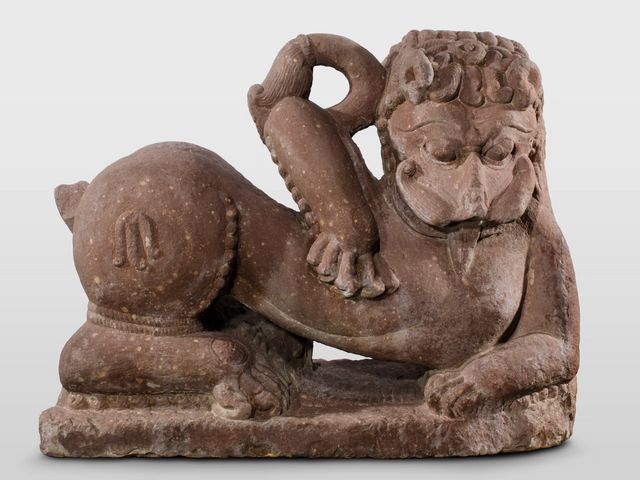Most of the “sculptures” from India currently displayed in museums are actually fragments from temples (usually Hindu but also Jain and Buddhist). Since builders across the subcontinent made temples by carving separate blocks of stone and putting them together without mortar, loose fragments often appear to be complete relief sculptures.
Elaborate stone temples covered with imagery have been built on the Indian subcontinent for more than 1,000 years. For the period after about 1300 CE, the region’s surviving artistic heritage is rich and varied. But for the period between about 500 CE and 1300 CE, stone temples and their fragments are most of what remains.
As is the case today, temples are places to worship and celebrate, centers for civic life, and visible demonstrations of political and economic power. Symbolically, they are God’s palace and replicate the divine cosmos. Since structure and image are inseparable, determining where a fragment in a museum once fit into an architectural matrix is key to recovering its meaning. Standing historical temples provide important clues to where and when a fragment was carved and what purpose it served originally.
Despite the fact that thousands of temples were constructed across the subcontinent between 500 CE and 1300 CE, only a minority survive in their original form. Most have been renovated, collapsed, or vanished over time due to renewal by devotees, natural shifts in landscape, urban expansion, politics, war, and changing needs.
